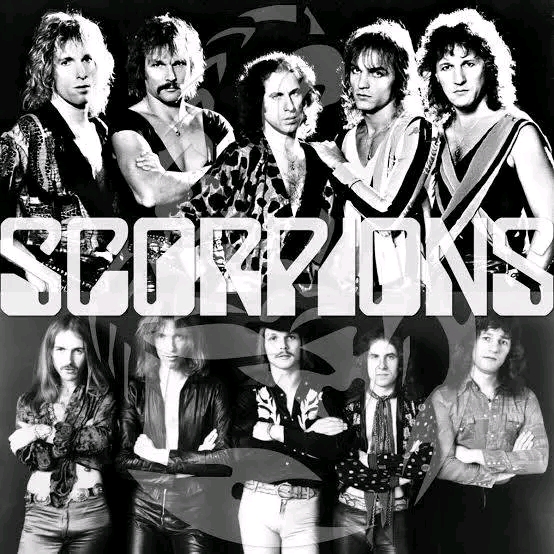A History of Rock ‘n’ Roll Greatness in the Scorpions’ Band Lineups… Read more
The Scorpions, one of the most iconic rock bands in history, have solidified their place in the pantheon of legendary bands thanks to their dynamic lineups and electrifying performances. Formed in 1965 in Hanover, Germany, the band initially consisted of lead guitarist Rudolf Schenker, who was inspired by the rising tides of hard rock and heavy metal, and a group of talented musicians who were eager to craft music that would reverberate across generations.
In the early years, the Scorpions experienced several lineup changes, with Klaus Meine joining as the lead vocalist in 1969, a move that proved pivotal for the band’s identity. Meine’s unmistakable voice quickly became synonymous with the Scorpions’ sound, contributing to the creation of legendary albums such as Blackout (1982) and Love at First Sting (1984). The band’s trademark blend of hard rock, heavy metal, and melodic ballads captured the hearts of fans worldwide.
Throughout the decades, the lineup saw other key members, including guitarist Matthias Jabs, who joined in 1978, shaping the Scorpions’ signature twin-guitar sound. The chemistry between Schenker and Jabs defined many of the band’s most famous riffs and solos. Drummer Herman Rarebell, who joined in 1977, also became a staple of the lineup, adding precision to the band’s rhythm section.
Despite the passing of time, the Scorpions managed to maintain their greatness, evolving their music while staying true to their hard rock roots. The band’s enduring success is a testament to the synergy of its members and the ability to adapt without losing its essence. From early experimentation to worldwide tours, the Scorpions’ lineups have consistently showcased a commitment to excellence and a love for rock ‘n’ roll that remains unmatched.

